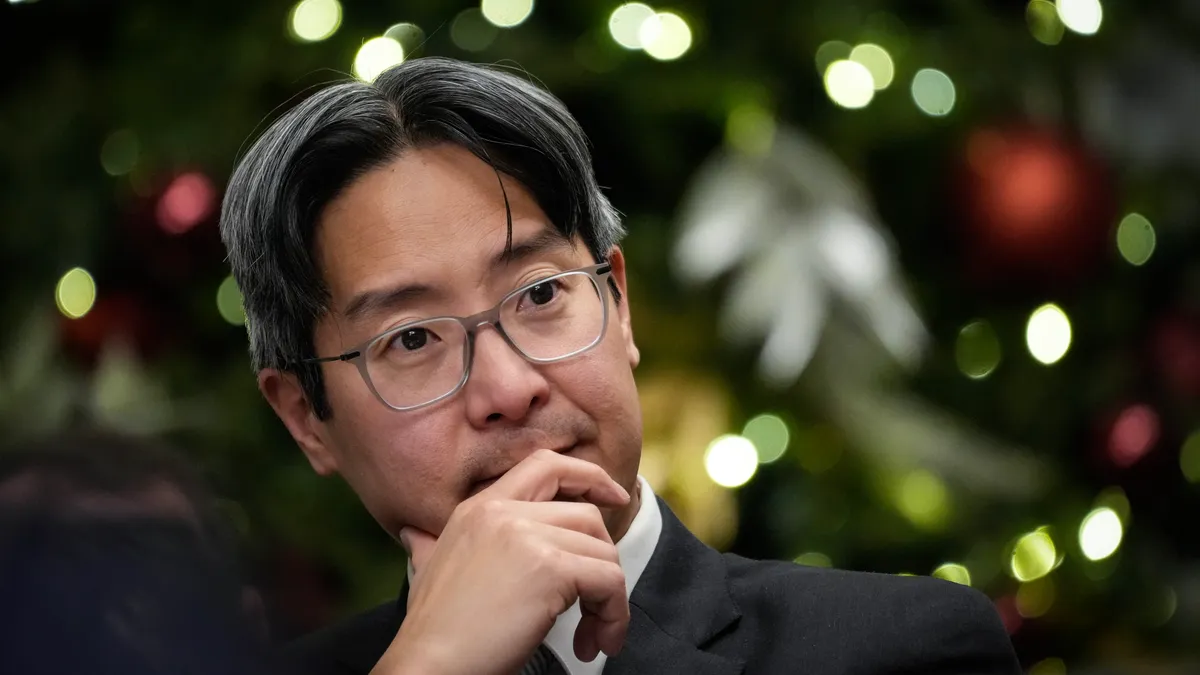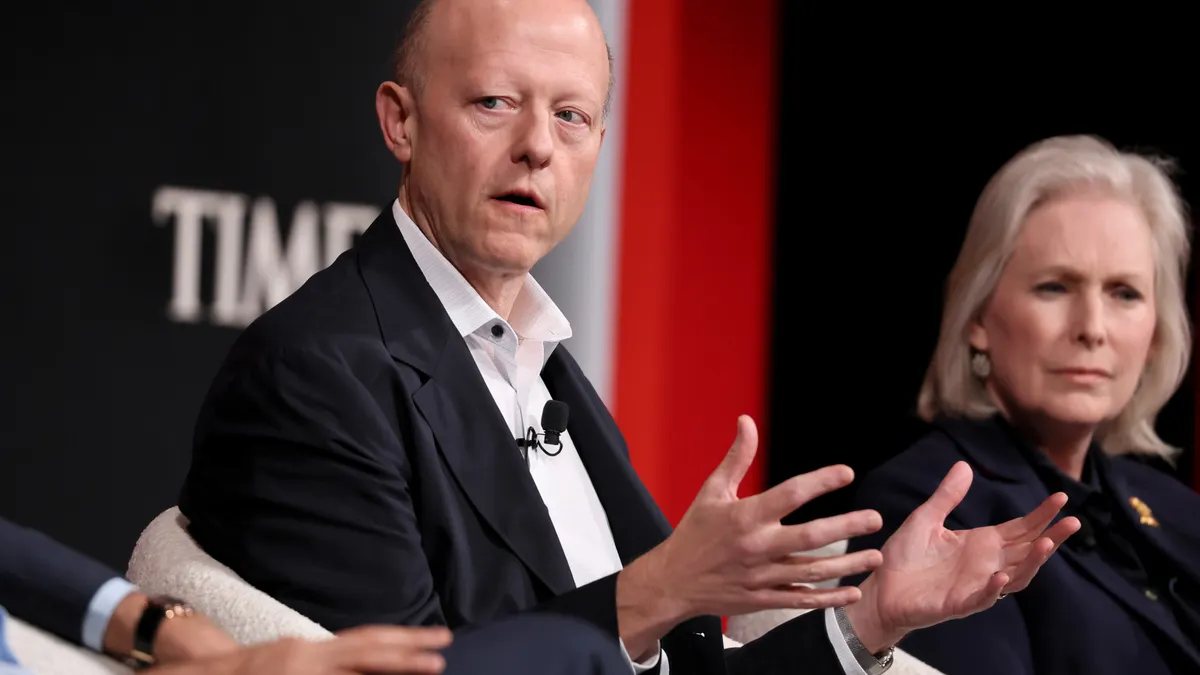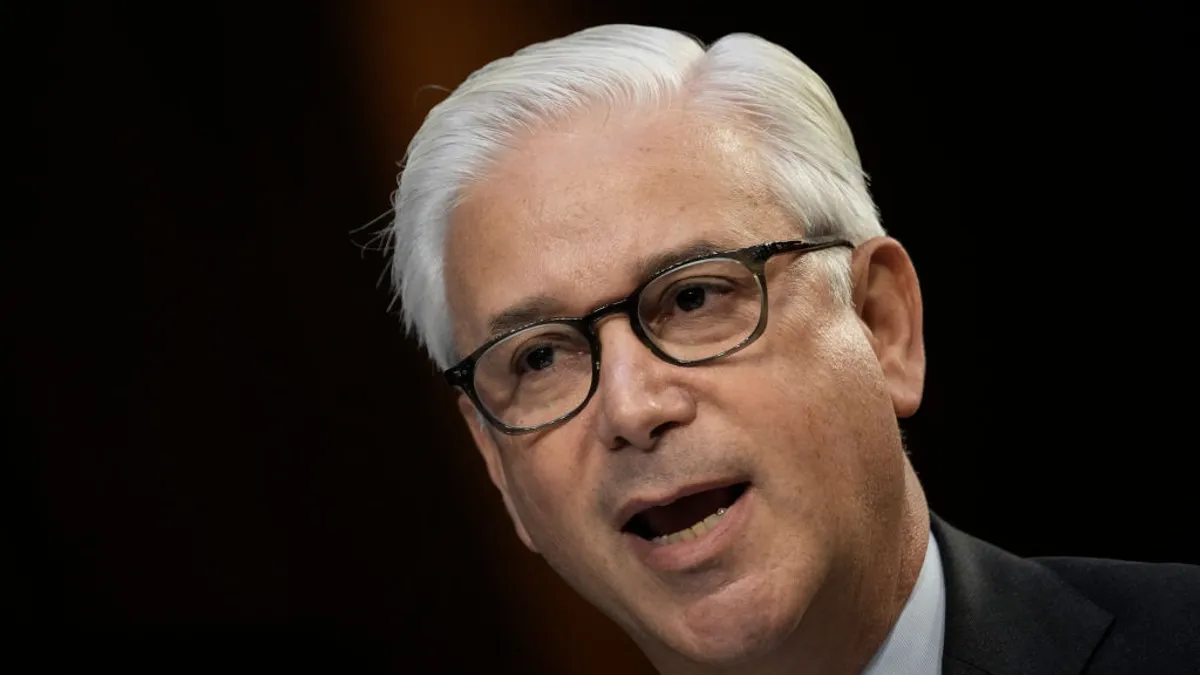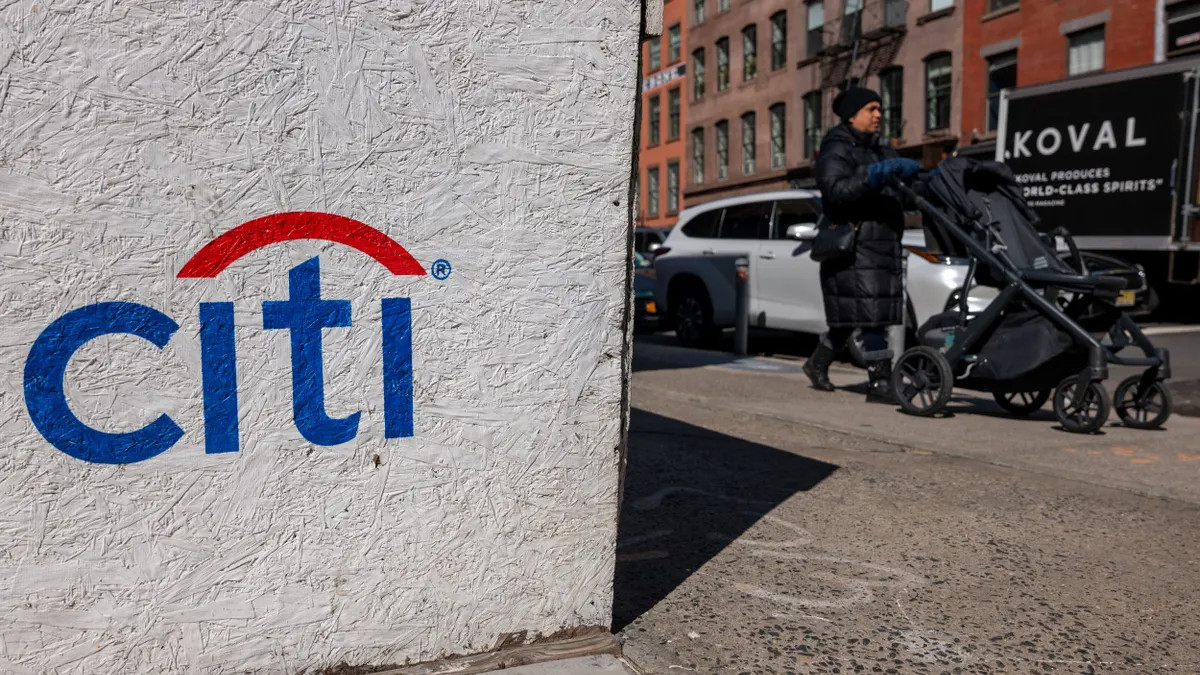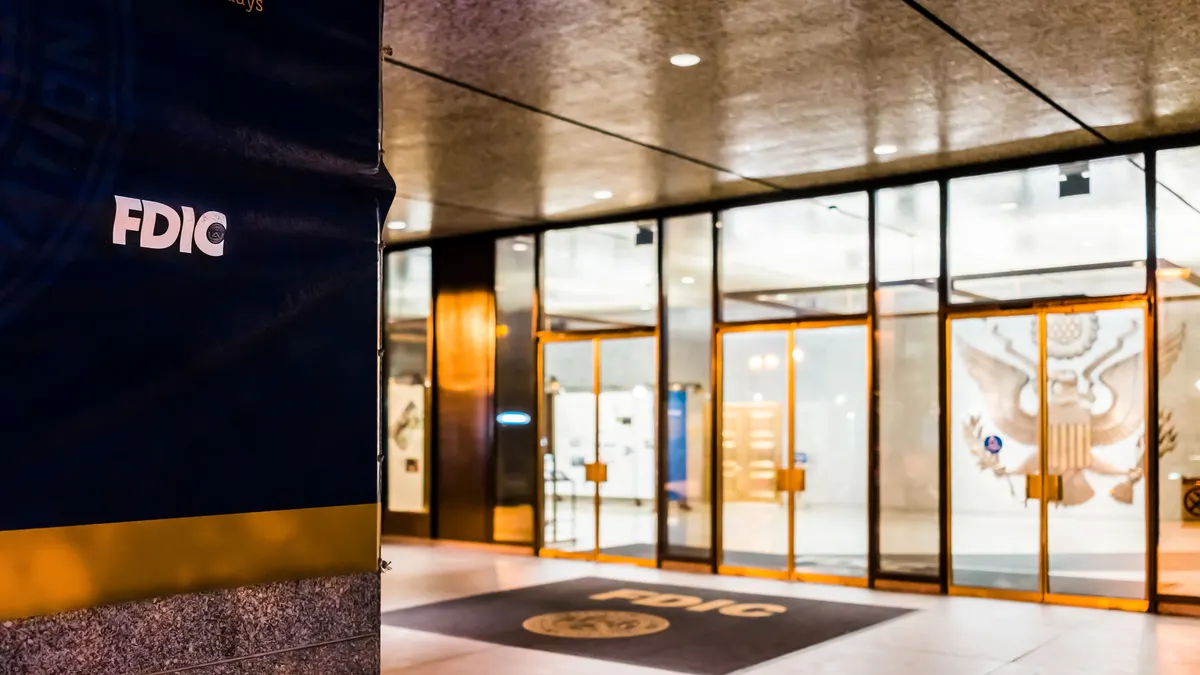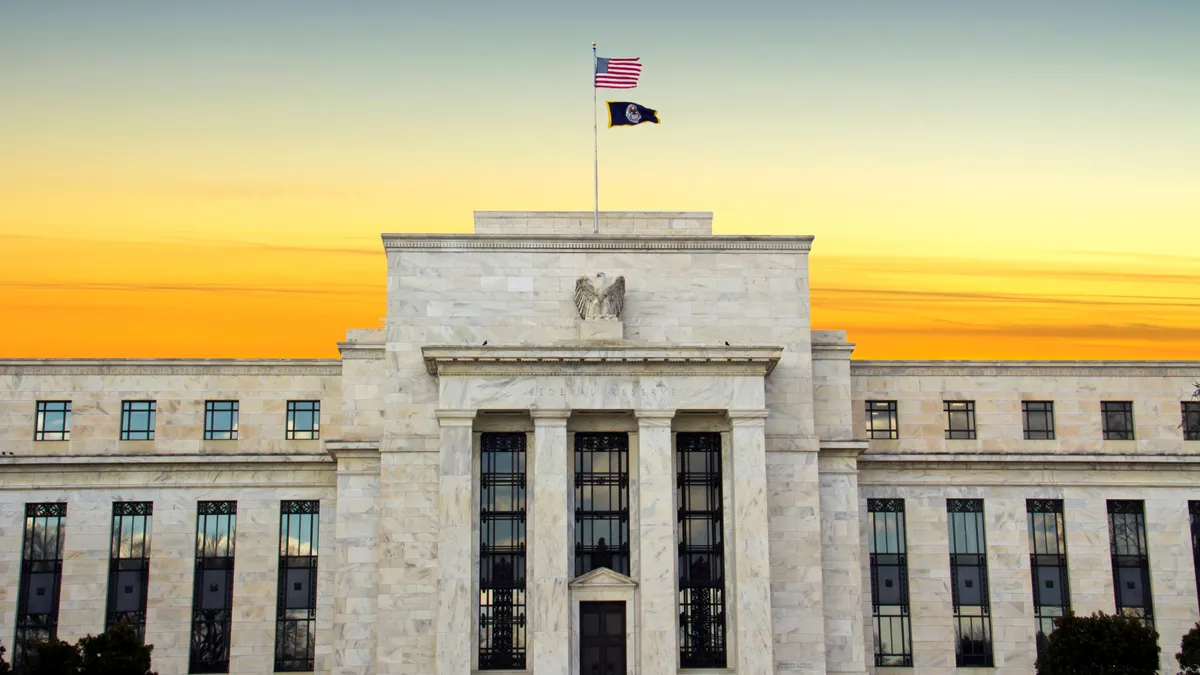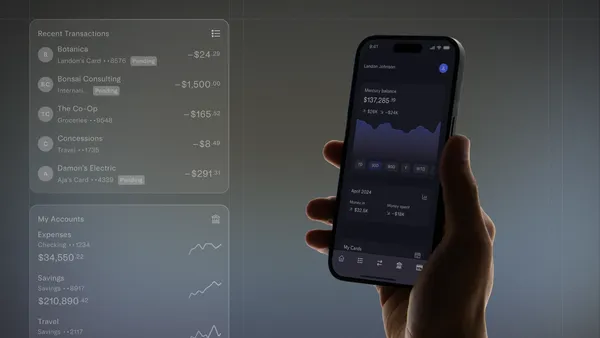U.S. banking agencies should consider a framework to designate certain banks as systemically important on a national scale, Acting Comptroller of the Currency Michael Hsu said Tuesday at a conference in Germany.
“While the post-2008 financial crisis reforms have significantly improved large bank resilience, resolvability and manageability, the risks of backsliding and stasis are increasing as memories of the financial crisis fade,” Hsu told the joint European Banking Authority and European Central Bank conference in Frankfurt.
The Dodd-Frank Act and other measures have boosted the oversight of global systemically important banks, but regulators must ensure large non-GSIBs don’t fall through the cracks, Hsu said.
“Given last spring’s banking turmoil and the projected growth of large banks … we must ensure that our supervision and regulation of non-GSIB large banks are not under-calibrated,” he said.
A domestic SIB label “could provide helpful transparency and rigor for those banks that need it as it would clarify the stakes involved of weakly supervising and regulating such institutions,” Hsu added.
That’s not the only suggestion Hsu has for the optimization of bank supervision. Hsu also stressed that he prefers a horizontal “team-of-teams” strategy for bank oversight.
The “size, complexity, and geographic span [of G-SIBs] made clear that a single team, no matter how well resourced or empowered, would not be enough” to effectively supervise them, Hsu said.
Organizing teams by specialty – say, a team focused on liquidity or cyber risk that looks at that specific facet of a number of banks – will produce more consistent oversight across the sector than vertical teams (a lead investigator and a specialist for each facet) for each individual bank, Hsu argued.
The Office of the Comptroller of the Currency, for example, realigned the supervision of its midsize and community banks so that the divider wasn’t geography – as with four regional units – but function. The regulator now has one portfolio of trust bank teams, another of novel bank teams, and a third for technology service provider teams, Hsu said, and they all report to the same deputy comptroller.
“Smartly cohorting institutions” can prevent blind spots, Hsu said. “More importantly, [it allows] a flatter organizational structure to flourish in practice, which helps with agility in the face of change,” he said.
Hsu underlined the difference between regulation and supervision, too – equating the former to a speed limit, while the latter is a reinforcement of safe driving.
He also drew a parallel between supervision to a bank and physical exercise to a human body.
“Both require consistent effort and involve inch-by-inch progress,” Hsu said. “With exercise, it is hard to point to the impact of a particular day’s workout on the health of an individual. But the cumulative effect over time of exercising versus not exercising is indisputable.”
Likewise, he said, “the materiality of a particular examination or information request … may be quite small, but the cumulative impact of those activities over time is significant in promoting safe and sound practices and strong risk management and controls.”
Hsu credited regular correspondence between banks and examiners for the relatively slight impact of the CrowdStrike outage on the banking sector, in comparison to its effect on the air travel industry, for example.
“Ongoing supervisory interactions … reinforce good habits, discipline and prudence,” Hsu said.
While bank supervision often grabs attention only when there’s a problem in the sector – say, the failures of Signature, First Republic and Silicon Valley Bank last year – effective supervision, Hsu said, “is largely invisible to the public.”
Hsu pointed to the fall of 2022, when the crypto market saw $2 trillion in losses and assorted bankruptcies. Yet, the banking sector saw limited impact.
“That was not luck. That was the result of a long ground game of supervision seeking to ensure that crypto activities banks engaged in were safe, sound, and fair,” he said, citing interpretive letters his agency issued in 2021 and 2023.
Hsu cautioned, though, that in tough situations like the SVB fallout, examiners can “become unnecessarily cautious, defensive or … second-guess themselves,” choosing to hew closely to a checklist mentality over one that prioritizes investigation into a bank’s higher-risk areas.
With a checklist mentality, “each box is given equal weight,” Hsu said – and that “ensures comprehensiveness, but artificially limits our ability to focus supervisory attention where it is needed most.”
Process, he said, “can morph from being a tool to being a cage.”
“Unfortunately, [examiners] are too often thought to be omniscient or all-powerful over the day-to-day operations of a bank,” Hsu said. “These expectations are unrealistic, unfair and counterproductive.”
Despite the need for examiners to prioritize facets with the highest risk, Hsu said, the “greatest challenge for risk-based supervision lies with what is not prioritized.”


